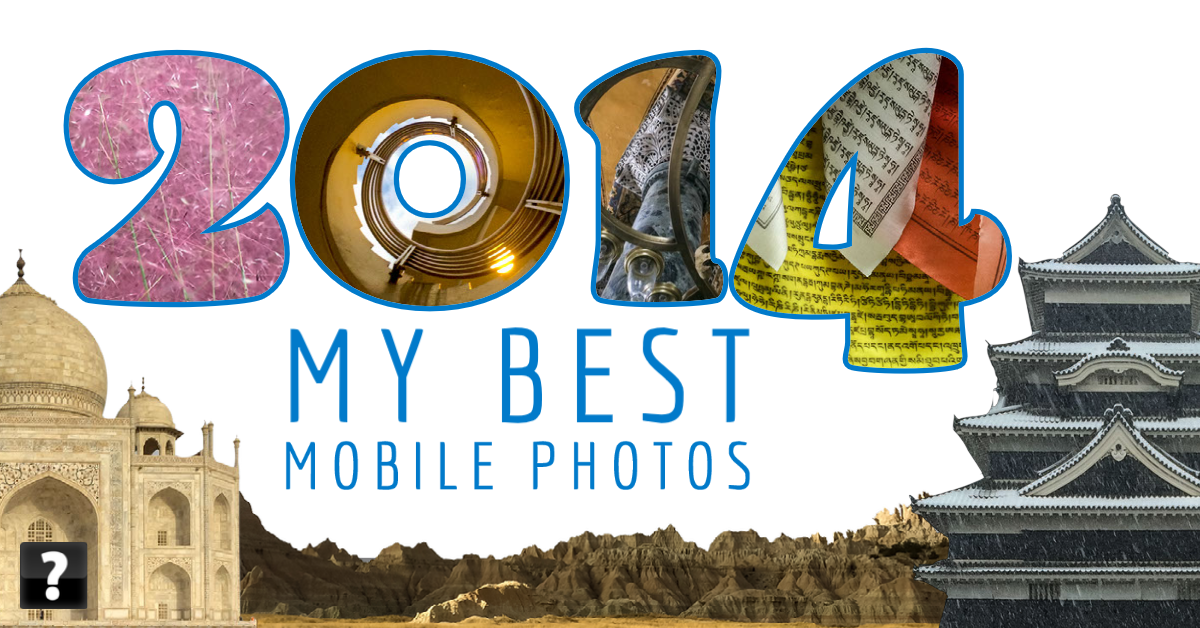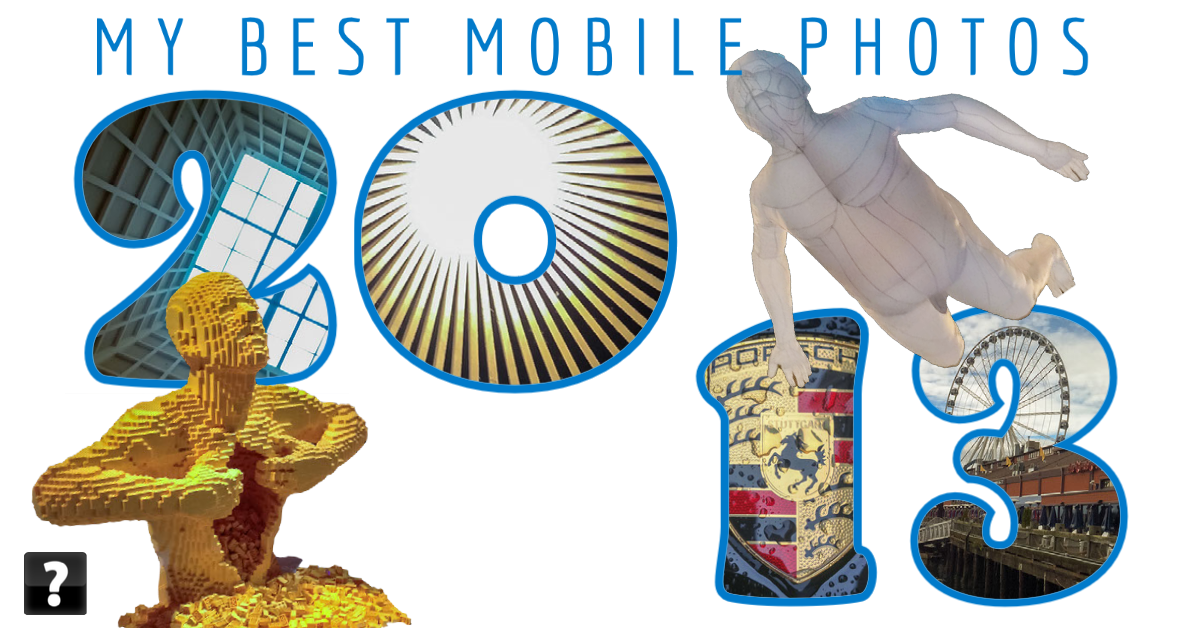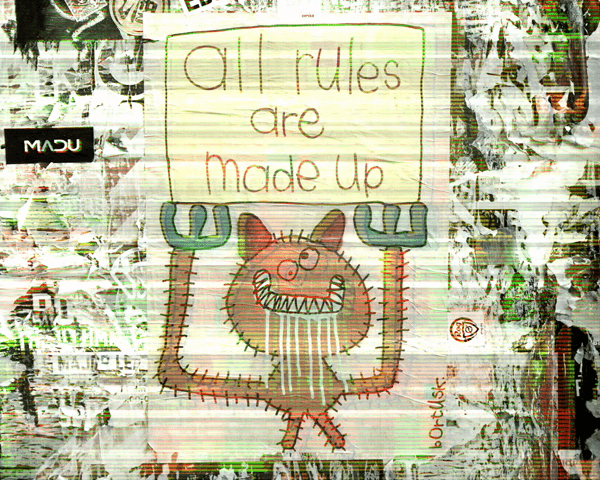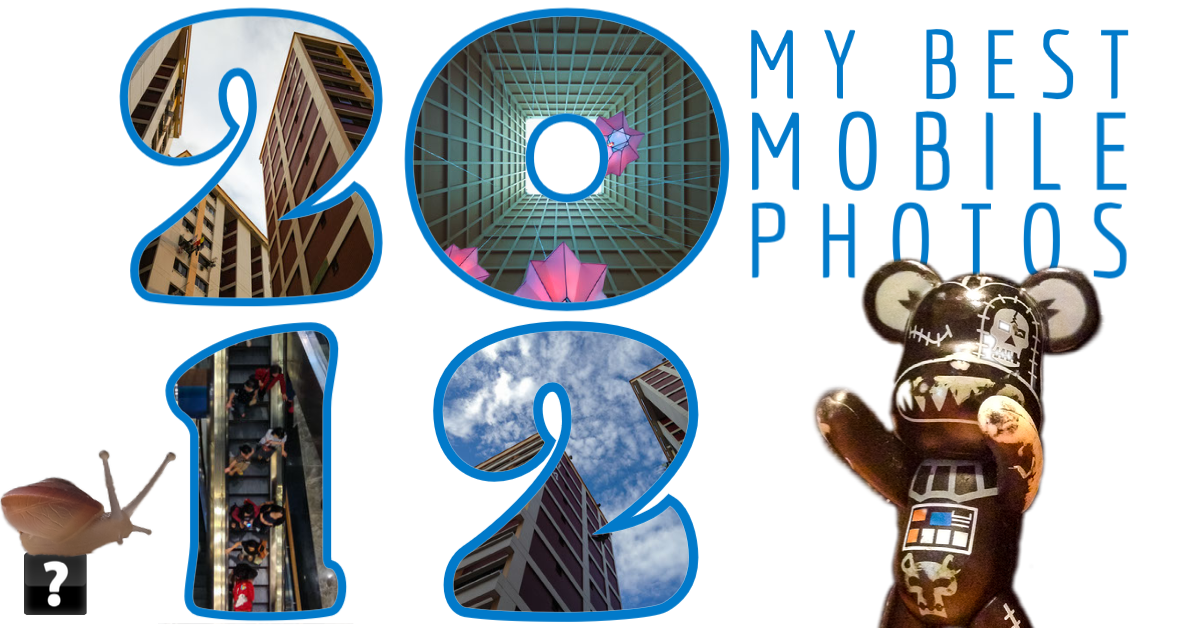In 2014 I used the iPhone 5S [wikipedia.org] all year, so nothing new or interesting to say on the hardware side.
In terms of photos; I took a lot of travel photos in 2014 with my mobile. I remember in 2011 I went to Turkey and I used my Canon G12 along side my DSLR. But when I went back in 2014, the iPhone was good enough. In fact I did quite a bit of travel photography in 2014 with the iPhone 5S. In addition to Istanbul [confusion.cc] which was a stopover on a work trip, I managed another side trip to Delhi and Agra [confusion.cc] while in India for work, and book ended the year with a trip to Japan and February: Matsumoto [confusion.cc] and Nagano [confusion.cc] and a trip to my grandparents house in Minnesota with a day-trip over to the Badlands [confusion.cc] in South Dakota . In all cases my Canon DSLR was my main camera but I used the iPhone for snapshots.
OK enough, let’s get to the photos, and lets cover travel first.
In chronological order, we start with Japan in February and this shot of Matsumoto castle in the snow. It was taken early in the morning, we were out before sunrise because it was our last day and it was the only day we got snow.
A few months after holidaying in Japan I went to Israel for work, and managed a stopover in Istanbul. I planned a 12 hour stopover on the way to Israel but got a free 24 hours on the way back too because I missed my connection due to bad weather. On this trip I use a couple of snap on lenses for the iPhone, a macro, fish-eye and zoom. Mostly I played with the fish-eye. The photos were cool but I never really used them again, too much hassle to carry and use. Here is one of the better shots with the fish eye though you can’t see the full fish eye effect in this one but you can see the distortion in the bottom.
And here’s a great shot of the inside of Hagia Sofia (not using the snap on lenses):
My next travel destination in 2014 was India. I took advantage of a two week work trip to go and mark Taj Mahal off the bucket list.
Last travel shot is from the Badlands of South Dakota, taken on a day trip, by car where we drove from my grandparents house in south western Minnesota most of the way across South Dakota to spend a few hours in the badlands before driving back:
On the same trip we stopped in Washington, DC for a few days, to spend some time with my mom and I snapped this photo of plants outside the Natural History Museum. I love the complexity of tihs plant, it’s amazing:
But I didn’t just travel, I also took a few shots around Singapore that I think deserve some love. This one of a staircase at Suntec looking up a the sky:
… and this photo of Tibetan prayer flags taken in Gaylang:
A lot of good photos with the iPhone 5S in 2014. The quality of the camera on the iPhone really showing. The best camera is the one you have with you, right? I think the iPhone 5S is where this really became more than ‘snap a memory for yourself’, you could actually take a good photo, that you would be proud to share.
























